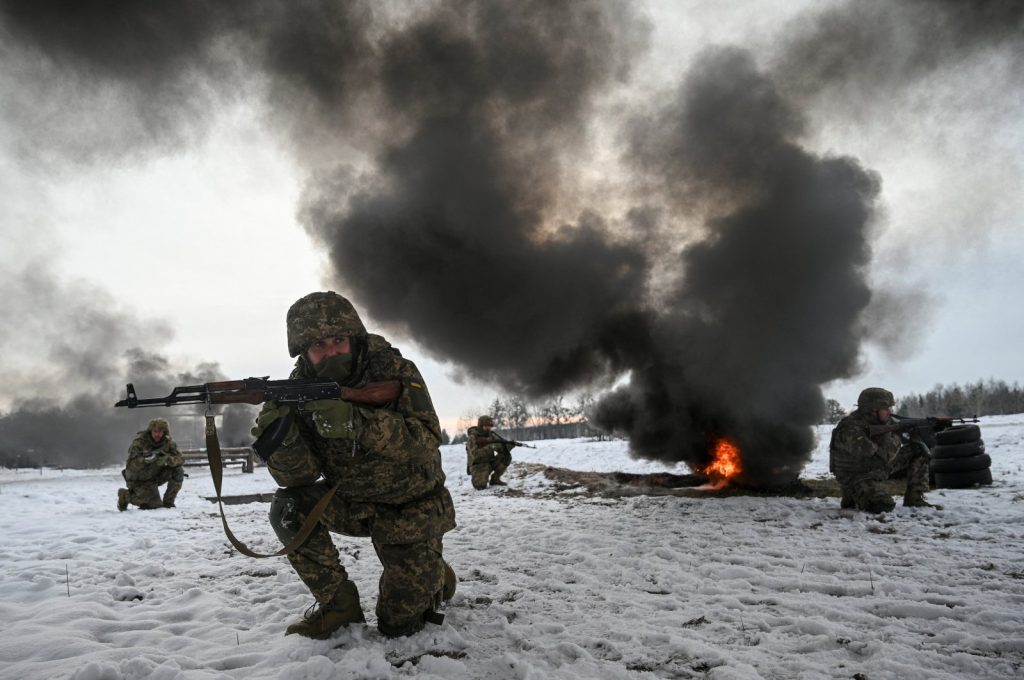Just 24 hours after the United States approved the use of ATACMS missiles it provided to Ukraine against Russian territory, Ukraine launched an attack on Russian soil with these long-range missiles. This assault occurred almost simultaneously with Russian President Vladimir Putin’s formal approval of a doctrine that allows for a nuclear response if his country faces a ballistic missile attack. The Kremlin has explicitly warned that targeting Russian territory directly equates to NATO, and especially the U.S., being directly involved in the war – a move they have described as tantamount to declaring World War III.
Since the onset of the war in Ukraine, Putin has consistently claimed that the sanctions and embargoes imposed on Russia are designed to humiliate and subjugate his country. He has repeatedly emphasized that those dreaming of a world without Russia would see their own world collapse. While carrying his nuclear briefcase, he periodically reiterated that if Russia’s vital interests reach the brink of annihilation, he would not hesitate to push the nuclear button. Naturally, such a scenario would be the worst imaginable outcome for humanity. A nuclear war would have no victors, leaving the entire world to face the threat of extinction.
During the Cold War, nuclear threats served as a deterrent under the concept of “mutual assured destruction” between the U.S. and the Soviet Union. However, today’s international system is no longer unipolar but has evolved into a multipolar order. This raises the question: Is a new Iron Curtain being erected over the Dnieper River in Ukraine, where the winds of a renewed Cold War are blowing fiercely? This scenario points to the possibility of Ukraine’s de facto division and a gradual transformation into a federative structure.
Putin remains unwavering in his determination to retain control over Crimea, the Kerch Strait, the Sea of Azov, and the occupied Donbas region. If peace in Ukraine is to be established in the medium term, it is likely that any agreement will be based on the current map of territorial occupations. U.S. President-elect Donald Trump’s most striking promise during his election campaign was his pledge to end the war in Ukraine within 24 hours. However, he has yet to clarify the conditions under which he intends to negotiate peace. It seems plausible that his plan involves concluding the war based on the existing occupation lines. Furthermore, Putin has previously warned that, should Ukraine adopt a more aggressive stance, Russia could expand its occupation to include Transnistria, the breakaway region in Moldova inhabited by pro-Russian separatists. Such an expansion would effectively sever Ukraine’s access to the Black Sea.
The future of the Ukraine War will have global geopolitical implications in the medium and long term. Developments that continue to support my initial prediction on the very first day of the war that “the Ukraine War is a dress rehearsal for a potential Taiwan War” have persisted beyond the thousandth day of the conflict. Ukraine has now become a geopolitical black hole, with various elements inevitably drawn into its pull.
On a broader scale, if we are to make predictions, the U.S. seems focused on maintaining its influence in the Western Pacific, keeping Japan under American sway and preventing China from becoming a dominant maritime power through its “island chain” strategy. Since the Monroe Doctrine of 1823, Latin America has functioned almost like a fortress safeguarding the continent. If Europe’s backyard collapses, if cracks form in the Western Pacific backyard and if Japan reverts to its militaristic history, China may edge closer to achieving its goal of becoming the global power of the 21st century, potentially pushing the already teetering unipolar system to the brink of collapse.
The geopolitical value of Ukraine emerges not from a single factor but from the interplay of numerous dynamics. Historically a battleground among European powers, Ukraine is a critical geopolitical axis on the Eurasian Chessboard. In this context, without Ukraine, Russia would cease to be a “Eurasian empire” and would remain merely an “Asian power.” Crimea, the “unsinkable aircraft carrier” of the Black Sea, controls the northern Black Sea while simultaneously constraining the Sea of Azov from the west and south. Furthermore, through the Kerch Strait, it connects Europe to the North Caucasus.
Ukraine plays a pivotal role in Russia’s national security and defense. If the Ukraine-Kazakhstan gap is closed, meaning Russia loses its influence over the Sea of Azov basin, Russia would be severed from the Caucasus. This would open the door to a catastrophic scenario for Russia’s national security, as the Caucasus serves as its southern defense line. Ukraine paid a heavy price for its geopolitical value during both World Wars, as significant parts of the Eastern Front were located on its territory, where it acted as a buffer zone between the warring parties. Today, Ukraine has not lost its front line and buffer-zone characteristics, continuing to serve as an arena of arm-wrestling between the U.S.’ Greater Middle East Project and Russia’s Greater Eurasia Initiative. Ultimately, if the occupied territories are ceded to Russia, this would symbolize the construction of a new Berlin Wall within Ukraine and mark the formal beginning of a renewed Cold War era.


